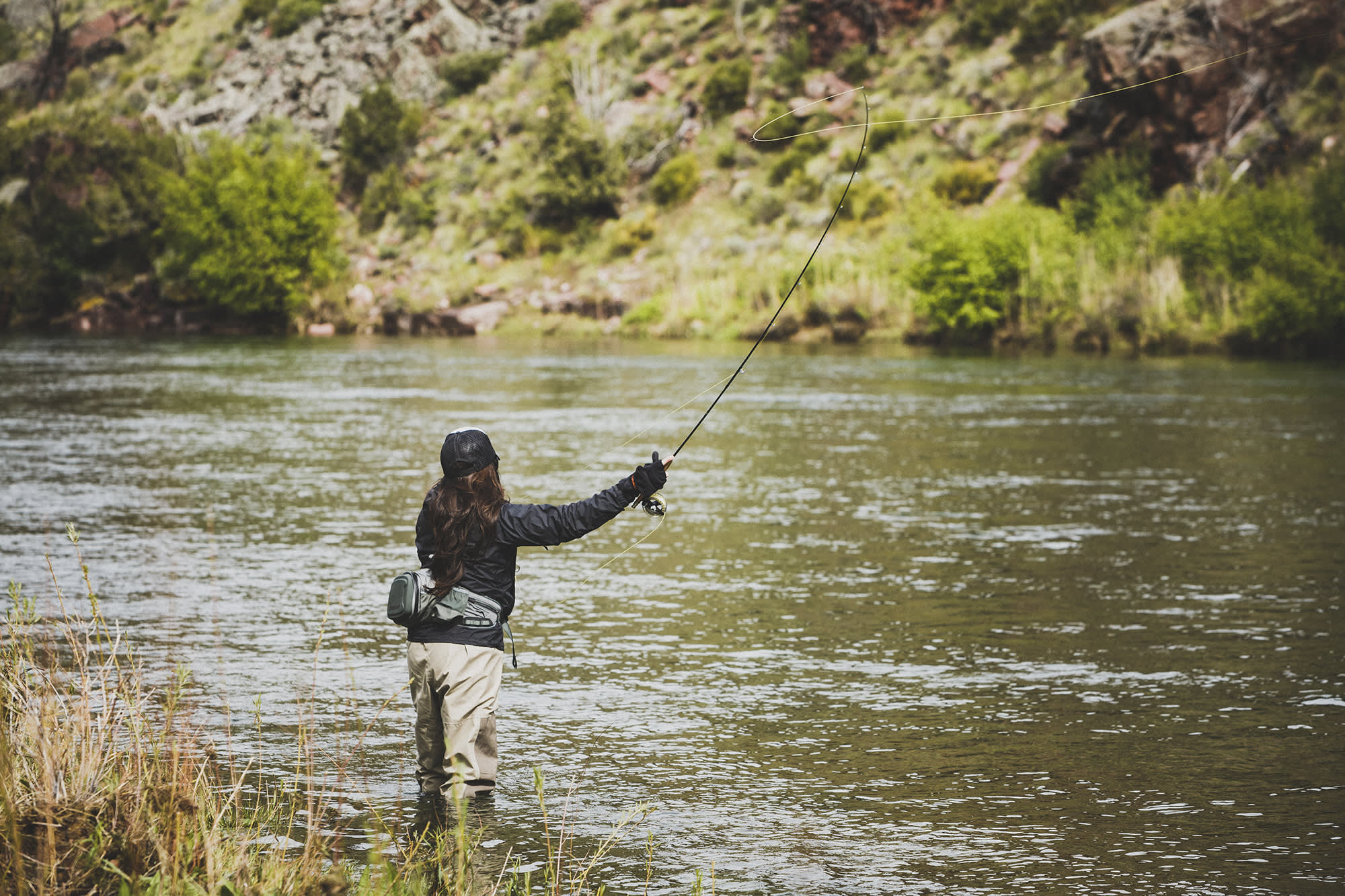
5 Tips for Successful Fly Fishing During Runoff Season
Thanks to Mend Fly Fishing for contributing to this article.
Runoff is always a depressing time of year for anglers and it seems to come at the worst time each year. There are always great hatches to be fished during the high water, but due to the crazy, high and fast flows, the rivers can't be fished very effectively. It has always been so frustrating for me to see all of the insect activity and hatches going on during these times and not being able to fish. Here are a few things I've learned over the last few years that have helped me get through the runoff blues and hopefully will help you get through them too.
1. Find slower pools or pocket water and fish the banks
When the high water hits the rivers, it pushes the fish to the banks and the slower pools of water. Focus on these areas because that is where you will find the fish. Don’t be afraid to fish a few inches from the banks. The water is moving slower and you will actually be able to get a good drift. Also, if there is a slower pocket of water or back eddy, get your fly in there! The fish like the slower moving water since they don’t have to use up too much energy to stay in their spot.
2. Use darker or brighter colored flies
The water usually will be pretty dirty or murky so it makes it a bit more difficult for the fish to see food. I’m sure you’re wondering why I would suggest fishing a darker colored fly when the water is darker. The darker colors are often easier for the fish to see because they can identify the silhouette of the fly. The brighter colored flies seem a bit more understandable to fish in off-colored water. Just make sure the flies are flashy or have hot spots on them. This helps to grab the attention of the fish. So whether you are fishing with streamers or nymphs, remember this rule and it will help you have success.
3. Fish worms
I know many of you are probably skeptical of this and/or have too much pride to fish a worm, but simply stated, they work. Really well, too. The high water rises above the usual water level and in turn, will flush out tons of juicy squirmy protein that the fish cannot refuse. It’s a solid meal with very little effort. There are a few worm patterns worth trying that some of you are probably familiar with. It seems like everyone knows about San Juan Worms whether or not they have any in their fly box. They have a reputation because they work! Some other good patterns are wireworms or wiggly worms. So swallow your pride, tie on a worm, and just be sure to remove the worm from the fish’s mouth before you take the picture and show all of your friends the monster you caught in high dirty water.
4. Fish the tailwaters rather than the freestone rivers and creeks
Tailwaters are rivers below a dam and have regulated controlled flows. Because the tailwaters are regulated, it usually is a little bit easier to fish and find the pools or slower moving water. Freestone rivers are almost impossible to fish during the runoff because they flow directly from the high mountains and with all of the snow melt up there, they tend to be out of control. So focus on the tailwaters and, as mentioned, the slower moving water and the banks of the river.
5. Try your luck in lakes or ponds
If the tailwaters are unfishable and dangerous, another option for you to try is to fish lakes or ponds. Fly fishing is often only thought of being successful in rivers, but lakes can produce some of the biggest fish you will ever catch on a fly rod. Ice off is usually done by the time the runoff starts, but the fish are still prowling near the banks of the lakes to find an easy meal. So whether you like to throw dry flies, nymphs, or streamers, tie something on and throw it out there.
Hopefully some of these tips will be beneficial to you and help you get into some fish during these dark times.
Cheers!
-Mike Barrus